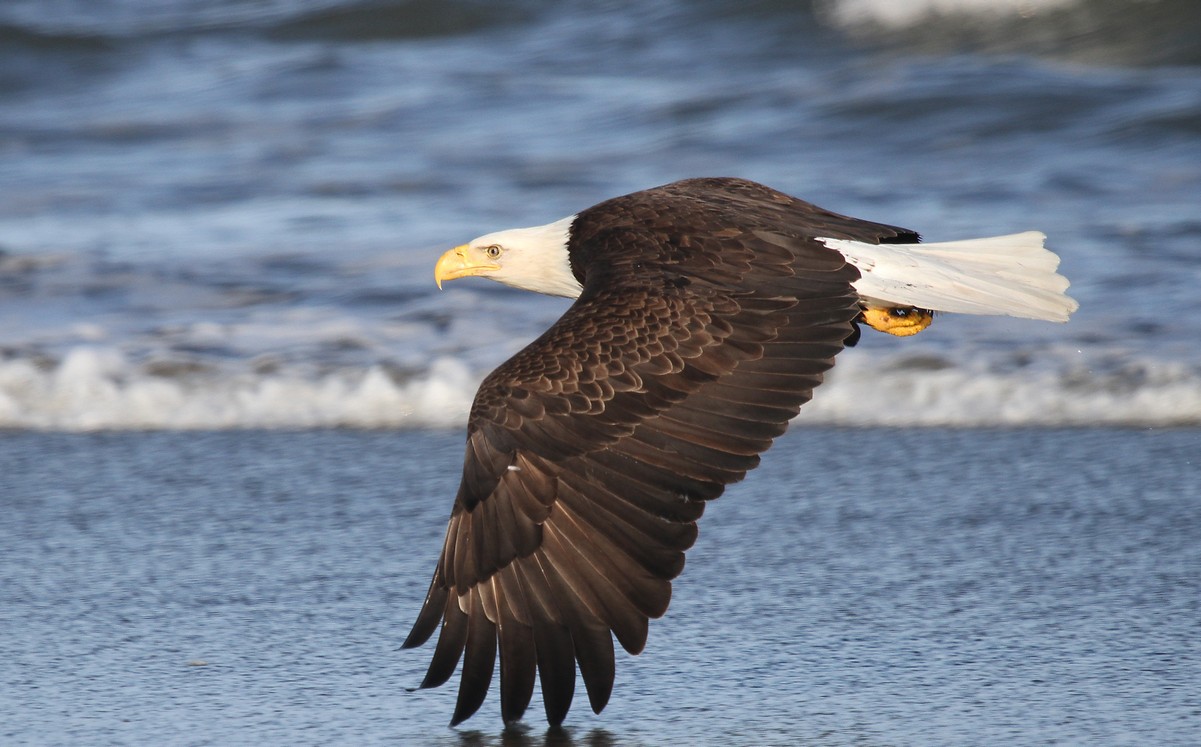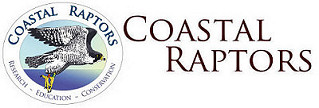Dale Larson, President, Hoquiam, Washington
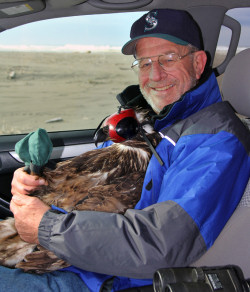
Three decades ago when I birded in the bush and on foot, Dan Varland put a new twist on an old cliché: “A bird in the hand is worth two on the beach.” You see the result, and I haven’t looked back.
A long-retired academic, I was introduced to birding in the sixties prompted by my college roommate David Pearson. Now a global ecologist and research biologist at Arizona State University, Dave first introduced me to California condors. I couldn’t imagine back then I’d be helping Dan Varland judge prospects of reintroducing them to our Pacific Northwest Coast. That’s a key research goal of Coastal Raptors.
My volunteering was practical at first, sawing, painting, wiring, and wrenching our equipment, but in serving on the board I’ve learned since to grasp larger aims—advancing raptor research, conservation, and public education. We serve a growing community of birds and birders alike, and we all want our ongoing work in the heads, hands, and hearts of others as well. Your browsing here, “surfing” on these study beaches, is part of that larger mission. Enjoy.
JAVAN BAUDER, PH.D., VICE PRESIDENT, TUSCON, ARIZONA
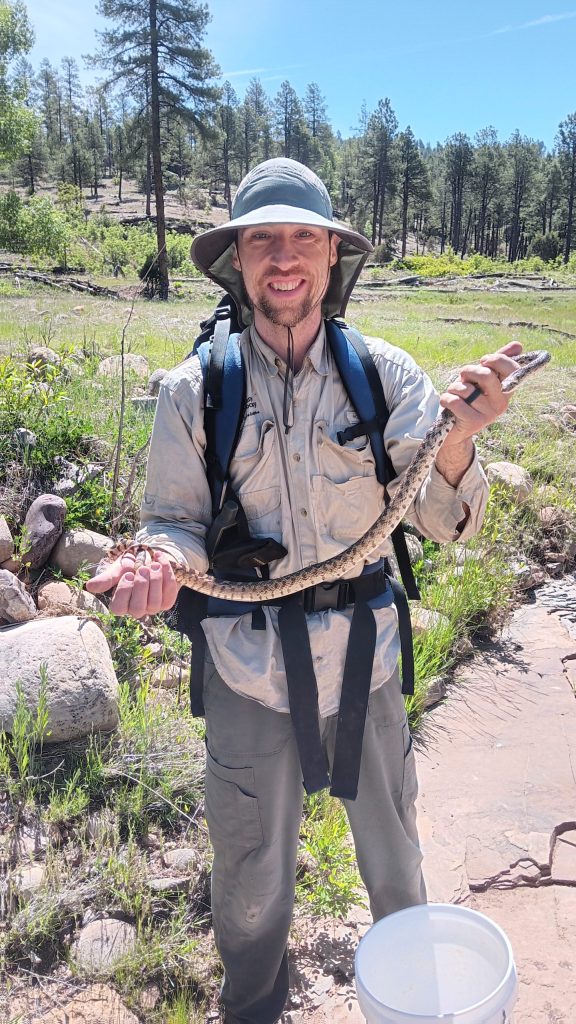
I grew up in Hoquiam with a deep interest in wildlife. As a home-schooled student, my parents were very supportive in providing me with in-the-field experience in wildlife biology and a mutual friend led us to Dan Varland in the fall of 1999 when I began helping Dan with his coastal raptor surveys. I got to hold my first banded Peregrine Falcon just a few days after my 14th birthday! I continued volunteering with Dan on his coastal raptor surveys and his owl nest box monitoring with Rayonier. Dan provided additional mentoring by helping me develop my own wildlife surveys for birds and amphibians and nest box monitoring on my grandparent’s timber property in northwest Oregon. Dan was an incredible mentor during these years, and I directly attribute my subsequently successful career in wildlife biology to the experiences and connections that Dan provided. My work with Dan was interrupted by my family’s move to southern Idaho in 2002 but we have continued to stay in touch over the years. Over the next many years, I earned my BS in Wildlife Resources from the University of Idaho, my MS in Biology from Idaho State University and my PhD in Environmental Conservation from the University of Massachusetts Amherst. After post-doc work at the Illinois Natural History Survey my family and I moved to Tucson, Arizona, to join the Arizona Cooperative Fish and Wildlife Research Unit at the University of Arizona as an Assistant Unit Leader. My research covers a wide range of taxa (including Bald Eagles) and questions spanning wildlife population and landscape ecology. I am excited to bring my career full circle by joining the board of Coastal Raptors where it all began.
Dan Varland, Ph.D., Executive Director, Hoquiam, Washington
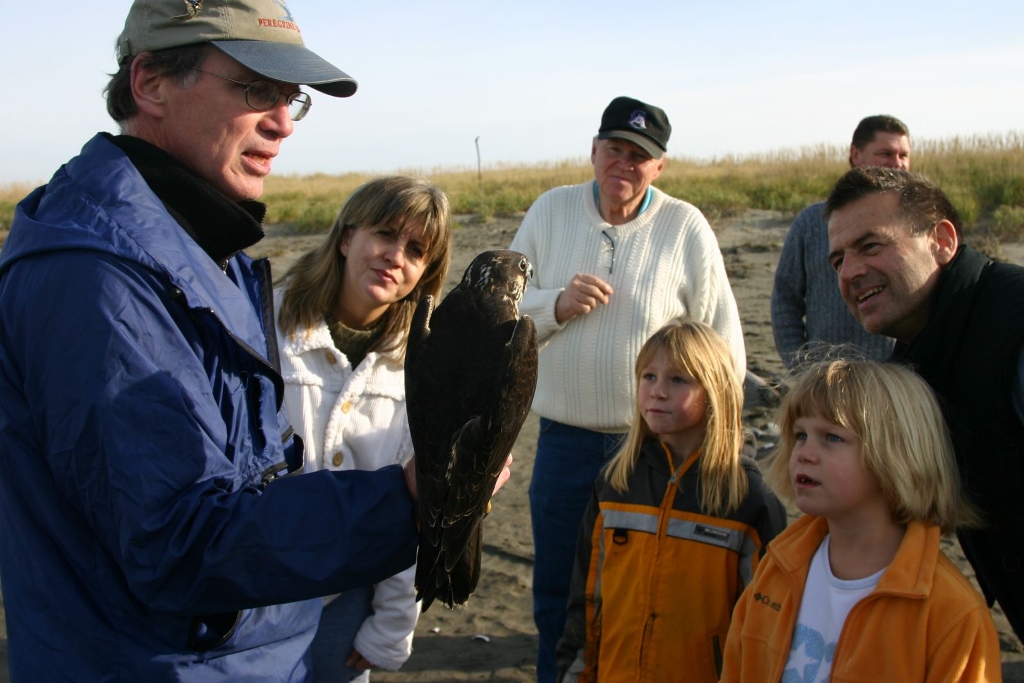
By nature, I am a people person. And I also have a passion for raptors. With that combination, it is not by accident that I am Executive Director of Coastal Raptors. Since 1995, I’ve led an all-volunteer effort to monitor raptor activity on the coastal beaches of western Washington. Until March 2009, funding support came largely from Rayonier, Inc., a forest products company and my employer from 1993 until then. Rayonier funding for the project ended when my wildlife biologist position was eliminated due to the severe economic downturn. In 2009, in order to continue the work and to provide a framework for future funding, I established the non-profit Coastal Raptors. As the board formed, I became Executive Director. The ultimate goal of Coastal Raptors is conservation of coastal raptors. This we accomplish through our research and education programs. Research leads to informed decisions on conservation issues. Education leads to understanding of and respect for our magnificent coastal raptors and their habitats. Over the years, more than 500 people have participated in the field. While many live close by, many others travel from Seattle, Portland and beyond to help and to learn. More still have followed us on Facebook and can now track us on my site blog, “Understanding Coastal Raptors,” about which you can also learn more here.
ANITA PLAGGE, SECRETARY, OLYMPIA, WASHINGTON
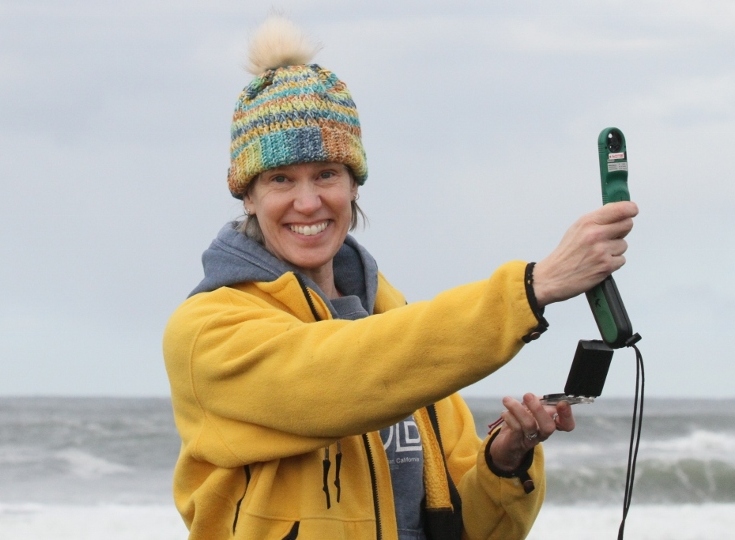
Where does the time go? I’ve been teaching biology for over 25 years. For nearly a decade, my husband Tim and I ran an outreach science education company in San Diego, California. Since then, I’ve been teaching a variety of biology courses to college-level students, currently at Grays Harbor College in Aberdeen, Washington. One class I regularly teach is a survey of biology course where fully one-quarter of the course focuses on the process of science. We also discuss the value and importance of citizen science.
Enter Coastal Raptors! Not only does Coastal Raptors rigorously collect scientific data on fascinating creatures but they welcome and encourage “regular” citizens to actively participate in that data collection and “do science!” The direct educational reach of Coastal Raptors extends to publications, presentations, and the teaching of volunteers while on surveys. This educational research is further extended when participants like me share my experiences with my students! I met Dan and got involved with Coastal Raptors field work several years ago thorough Tom Kuester, friend and fellow teacher at Grays Harbor College. Being involved in Coastal Raptors’ work has been a privilege.
JOHN SMALLWOOD, PH.D., BOARD MEMBER, RANDOLPH, NEW JERSEY
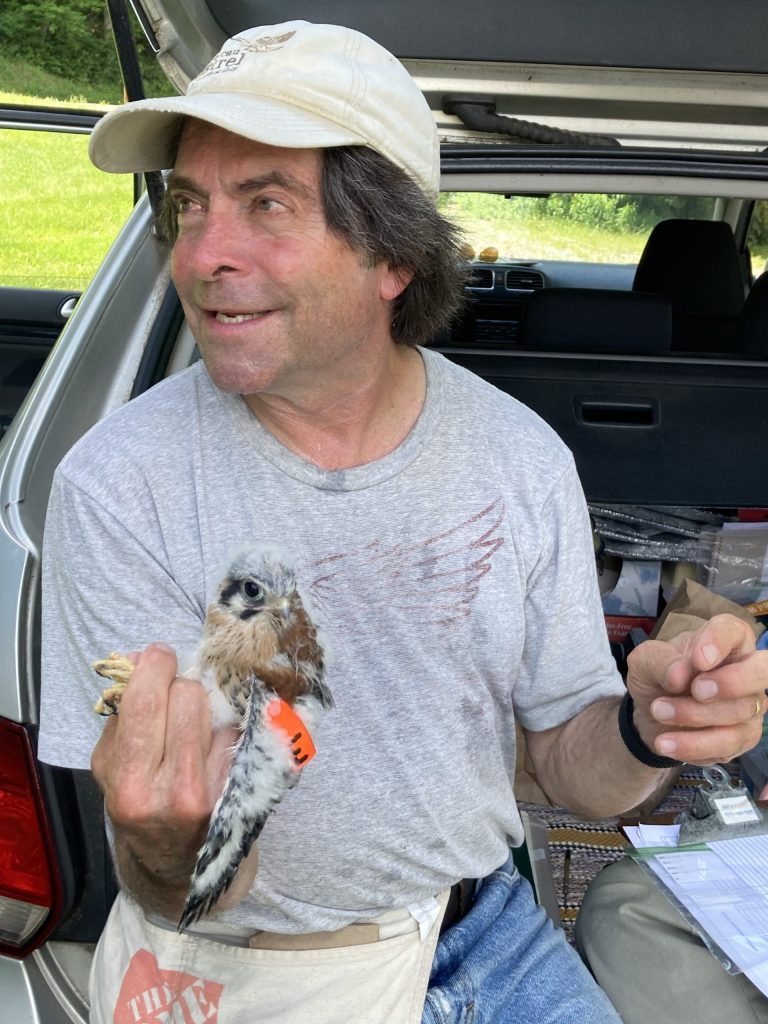
I’ve always been fascinated by birds. They represent the extremes in the animal kingdom: they can fly faster than any other creature, with many species migrating thousands of miles; they have superb vision and are immersed in color; their vocalizations are among the most complex in Nature; and they have extraordinary behavioral repertoires. As an undergraduate I took a course in ornithology and discovered my true calling was a career as a university professor studying raptors and teaching ornithology.
For my master’s thesis I wanted to test prey selection models on wild, free-ranging raptors. I chose the American Kestrel for my study species because (1) like all falcons, they’re really cool, and (2) there was a very dense population of wintering kestrels in southcentral Florida, i.e., a great sample size. I studied the same winter population for my doctoral dissertation, focusing on why male and female kestrels are segregated by habitat. For my post-doc I established a large-scale nest box program (613 boxes) which re-set the carrying capacity for this nest-site-limited population. In 1994 I joined the faculty at Montclair State University and since then I maintain about 100 kestrel nest boxes for my New Jersey study population.
I met Dan when we were both graduate students studying kestrels. We attend the Raptor Research Foundation conference each year and in 2008 we presented the material on marking techniques that we included in the revised Raptor Research and Management Techniques manual. From 2014 to 2022 we co-taught a raptor handling and marking workshop at each of the RRF meetings. I’ve long been impressed by the research and education accomplishments of Coastal Raptors, and I’m happy for the opportunity to serve on its board.
